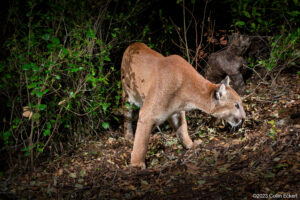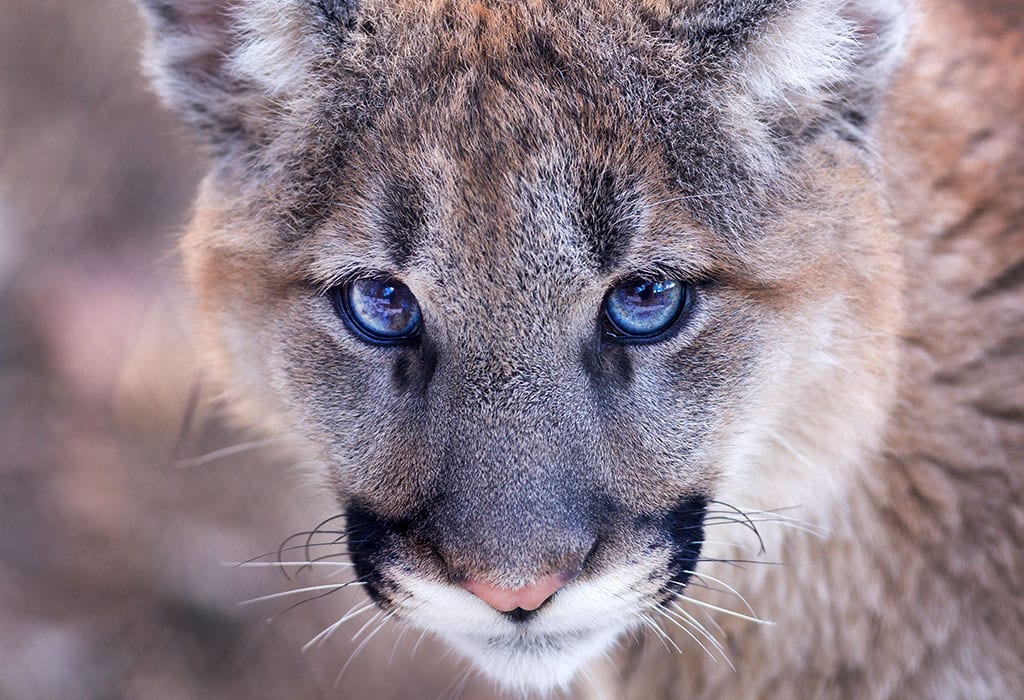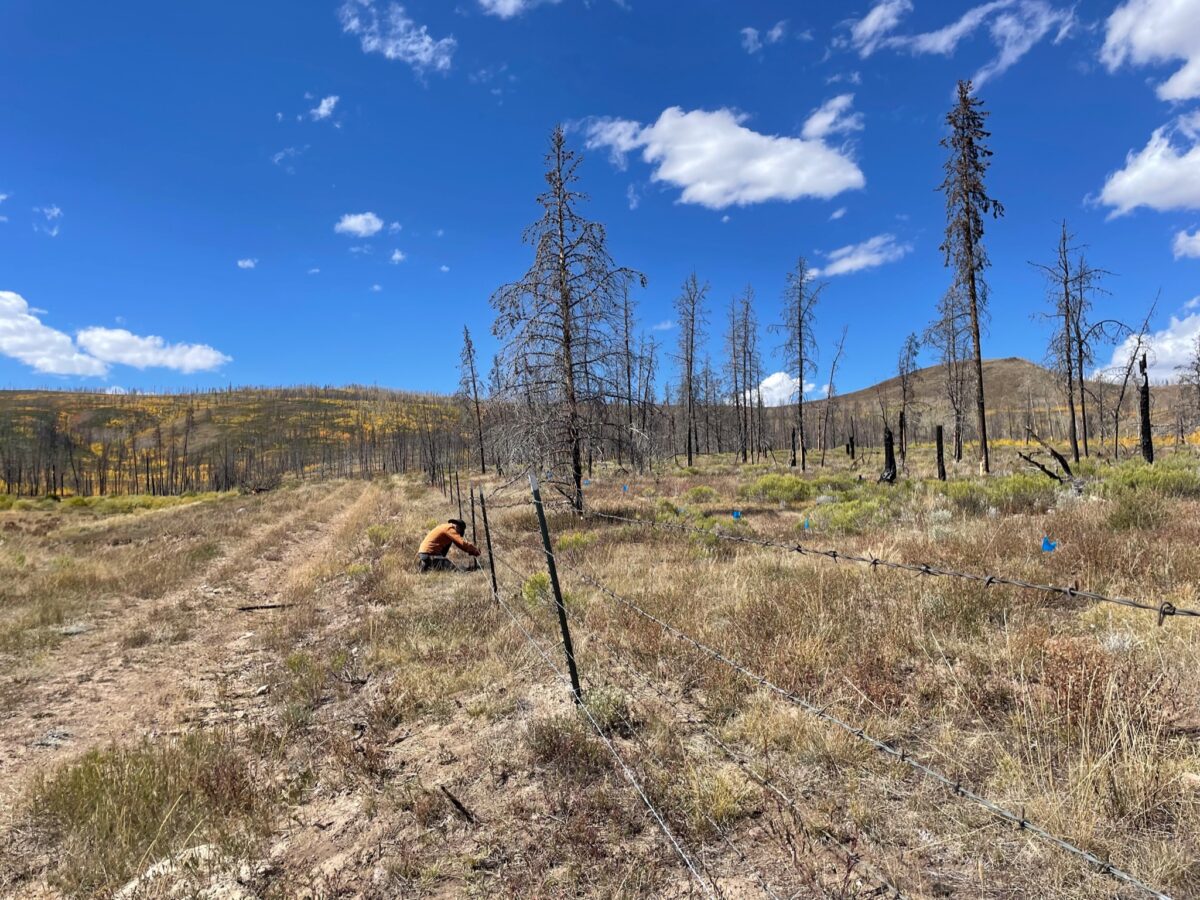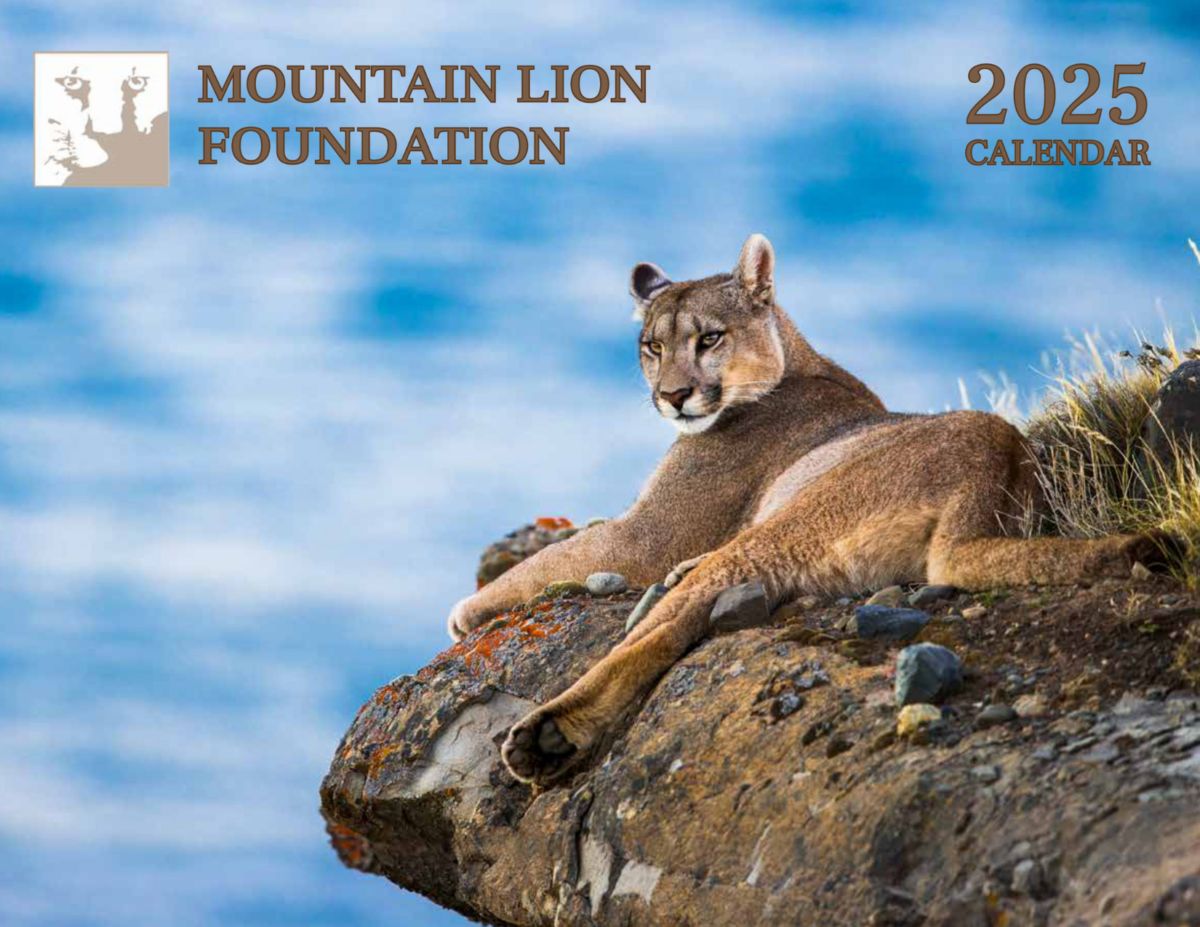The US Fish and Wildlife Service (USFWS) released a policy update for public comment through March 5th, 2024, for the National Wildlife Refuge System (NWRS). The purpose behind these regulations is to provide clarification and directives for ensuring biological integrity, diversity, and ecological health (BIDEH). The policy update also explicitly addresses climate change.
What might the changes mean for mountain lions and other wildlife in the Wildlife Refuge System?
The National Wildlife Refuge System (NWRS)
Size and Benefits of the NWRS
The National Wildlife Refuge System is one of the many public land types managed under the US Department of the Interior. The National Wildlife Refuge system encompasses 760 million marine acres and 95 million land acres. The amount of land acres it protects is equivalent to nearly 15,000 square miles, comparable to the state of Maryland.
The Wildlife Refuge System comprises 15 percent of the 620 million acres of federally owned land in the United States. Federally owned land makes up approximately 27 percent of the United States, most of which is in the West. Despite the “smallness” of our 95-million-acre National Wildlife Refuge System, the benefits to wildlife and communities are immense.
A 2022 study assessed the social cost of carbon and estimated the carbon sequestration of the National Wildlife Refuge system results in about 976 million dollars in avoided emissions due to the Refuge System’s conservation practices. Maintaining protected lands such as the National Wildlife Refuge System is one of the many necessary actions to fight climate change.

BIDEH in the National Wildlife Refuge System
The National Wildlife Refuge System is mandated to uphold BIDEH: biological integrity, diversity, and ecological health). To clarify and strengthen the BIDEH mandate, the Service provided the following definitions in their proposed updates:
Biological integrity: the capacity of an ecological system to support and maintain a full range of biotic composition, structure, function and processes over time that exhibit diversity, connectivity, and resilience at genetic, organism, population, and community levels.
Diversity: the richness and abundance of living organisms, the genetic differences among them, and communities and ecosystems in which they occur.
Ecological health: composition structure and functioning of soil, water, air, and other abiotic features, including the abiotic processes that shape the environment.
Before these updates, BIDEH was evaluated by referencing historical conditions. With the updates, BIDEH will also consider irreversible landscape changes from climate change and human activity.
Changes in the proposed policy updates
The updated regulations specifically prohibit the use of carnivore control, agricultural use, and mosquito control on Wildlife Refuges. We support these changes and also believe more can be done.
Carnivore control
There is little evidence to support the use of killing native carnivores as a management tool. Increasing evidence each year points to the profound benefits of carnivores in their ecosystems. Yet, carnivore, or predator control, is still widely practiced in the US and sanctioned through state wildlife agencies, even the USDA. Much of this is in part due to long-standing beliefs toward wild carnivores, financial interests, and the US history of persecuting America’s wildlife to the point of mass extirpation and extinction.
This prohibition on carnivore control will help ensure the protection of important keystone species on Wildlife Refuges. However, the language isn’t absolute: “We may implement lethal predator control only when all other feasible methods have been fully evaluated and such control is considered the only practical means of addressing a specific, significant conservation concern and ensuring BIDEH.”
Current use of carnivore control in the Hart Mountain National Antelope Refuge
As hopeful as these changes are, we may still see the use of lethal control for carnivores including mountain lions. One example of lethal control of mountain lions has been in the Hart Mountain National Antelope Refuge (NAR) in Oregon because of a decline in the bighorn sheep population.
Bighorn sheep were extirpated in Oregon, but the Hart Mountain population was established through conservation translocations of 20 sheep in 1954. The herd was incredibly successful, and even became a source population for other efforts to establish bighorn sheep herds in Oregon. In 2017, the population reached 150 individuals before it began declining, with no sign of disease. In 2020 the population was down to 48 individuals.
Researchers assessed that habitat was a likely cause, but current rates of mortality and decline were imperiling the population. Most of this mortality came from mountain lion predation. Typically, ungulates are resilient to predation, but small populations, those lacking in quality habitat, or those experiencing types of human disturbance can become more vulnerable to any form of mortality, including predation.
To help the bighorn sheep population, habitat restoration efforts and the lethal control of mountain lions began on the refuge in 2022 according to USFWS’s approved management plan. It is unclear if lethal control of mountain lions will continue in the Hart Mountain NAR, given the policy updates. We expect that it likely will.
The need for nonlethal carnivore control strategies in endangered species protection
Wildlife translocations and lethal predator control are management interventions that have been used on behalf of bighorn sheep for decades; however, nonlethal approaches have not been. Nonlethal approaches to prevent predation are specific to predator species, prey species, and existing habitat. Due to most prey populations’ resilience to predation from native carnivores, there has been little occasion to explore nonlethal methods to prevent predation on bighorn sheep.
In cases where immediate interventions are required, managers rely on the most supported and easiest to implement solution. From this standpoint, lethal removal of mountain lions is the favored solution as it is supported by current evidence specifically for struggling bighorn sheep populations. However, this also will not allow for the advancement of nonlethal methods for protecting vulnerable bighorn sheep populations from mortality.
Under the proposed policy updates, it is likely that nonlethal methods simply won’t be used or tested because they aren’t well explored yet and thus aren’t supported by enough data. The Mountain Lion Foundation has recommended that the USFWS amend the language to require that when lethal control is used, nonlethal methods must be utilized and tested at the same time. If the USFWS accepts these changes, it could help expand the use of nonlethal strategies and our knowledge base for achieving conservation objectives without killing native carnivores.
Additionally, lethal control of carnivores may become too much of a threat to endangered carnivores. The mountain lion is currently under review for state endangered species status in California, and conservation is best served with approaches that do not rely on choosing which endangered species to kill.

Submit your comments
The Mountain Lion Foundation applauds the policy updates proposed by USFWS for the National Wildlife Refuge Service as an important step in safeguarding the Refuge system. There are further steps that could be taken, specifically regarding their language on carnivore control, but we encourage the public to support the most recent proposal.
USFWS has received more than 20,000 comments so far. Submit your comments on the proposed rule updates here through March 5.



 Facebook
Facebook Twitter
Twitter Send Email
Send Email


